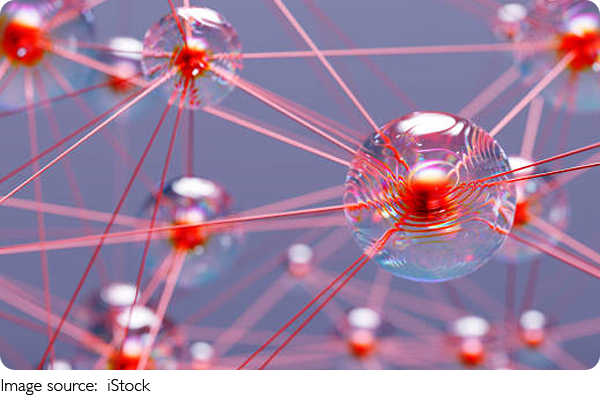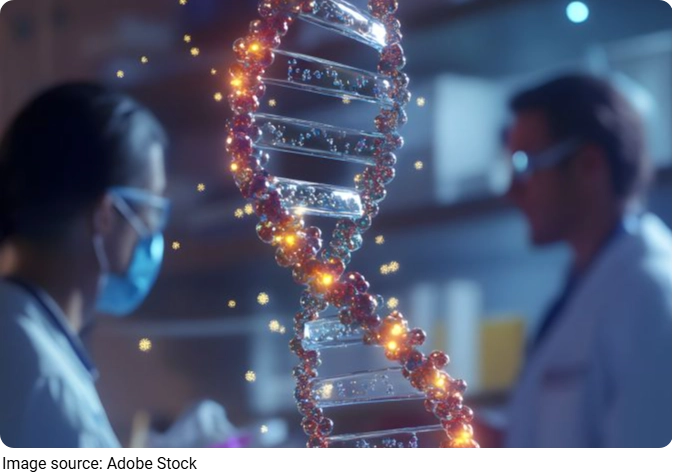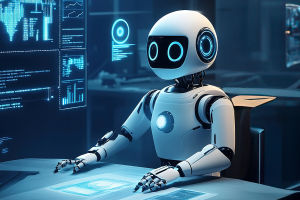Gene Editing Debate

A friend once asked me: "If you could remove a disease gene from your future child, would you do it?” My gut response was yes—who wouldn’t want to protect their child from illness?
But as we talked more, the question became complicated. What about unintended consequences? Where do we draw the line?
Gene editing technology is no longer science fiction. Tools like CRISPR-Cas9 allow scientists to make precise changes to DNA—editing out genetic diseases, enhancing crop resilience, and even exploring ways to prevent age-related decline. It’s a revolution in biology, but like any powerful tool, it comes with big questions. Let’s unpack the promise and the risk of gene editing, and what it could mean for all of us.
What is Gene Editing?
At its core, gene editing is the process of changing the DNA inside living cells. With modern tools, scientists can target specific genes and either remove, repair, or replace them.
The most common method, CRISPR-Cas9, works by:
Finding the exact DNA sequence to be edited.
Cutting the DNA at that location.
Letting the cell repair the cut—ideally with a corrected version of the gene.
Unlike older genetic techniques, CRISPR is precise, fast, and inexpensive, making it one of the most accessible tools for researchers worldwide.
1. The Potential Benefits
1. Curing Genetic Diseases:
Scientists have already used CRISPR to treat diseases like sickle cell anemia, beta-thalassemia, and certain types of blindness. In 2023, the U.K. approved a CRISPR-based therapy for sickle cell—a global first.
2. Fighting Cancer:
Researchers are exploring how gene editing can improve immunotherapy, training a person's own immune cells to better recognize and destroy tumors.
3. Agricultural Improvements:
Gene editing is also being used to make crops more resistant to pests and drought—without introducing foreign genes like in traditional GMOs.
4. Future Applications:
Some scientists are researching how editing specific genes could slow aging or boost brain function—though these remain highly experimental.
2. The Ethical and Practical Risks
1. Off-Target Effects:
Gene editing is powerful, but not always perfect. Unintended changes to other parts of the genome could cause side effects—or create new problems.
2. Designer Babies:
One of the biggest fears is that gene editing could be used not just for health, but for enhancement—like height, intelligence, or physical traits. That raises major ethical questions about fairness, access, and human diversity.
3. Unequal Access:
If gene editing therapies are expensive, only wealthy families or countries might benefit—widening global inequality in health and life expectancy.
4. Long-Term Unknowns:
We don't yet fully understand how edited genes might behave across generations. Changes made today could have ripple effects far into the future.
What Experts Say
According to Dr. Jennifer Doudna, a Nobel Prize-winning biochemist and co-developer of CRISPR:
“We're standing on the edge of a new era in biology. But the choices we make today will define whether this becomes a tool for healing—or a source of division.”
The World Health Organization (WHO) has also released global guidelines urging caution, calling for international oversight and public dialogue before gene editing is widely applied to human embryos.
How Should We Use It?
The debate around gene editing isn't just for scientists—it's for all of us. As the technology moves from labs to clinics, we'll all be affected by how it's used.
Some key principles to consider:
Therapeutic use over enhancement: Prioritize treating diseases over non-medical modifications.
Public transparency: Encourage open discussion about where the limits should be.
Global fairness: Ensure that treatments aren't limited to just wealthy countries or individuals.
Long-term thinking: Study effects not just on individuals, but on future generations.

Where Do You Stand?
Lykkers, if gene editing could eliminate a serious illness in your family, would you support it? What if the same technology could be used to boost appearance or intelligence—would that change your answer?
This isn't just a question for the future. It's a conversation we need to have now. Because gene editing isn't arriving with a big splash—it's slowly weaving itself into healthcare, agriculture, and even conversations at the dinner table.
Understanding both its power and its limits is the first step in using it wisely. The question isn't just can we edit genes—but should we, and how far is too far?


